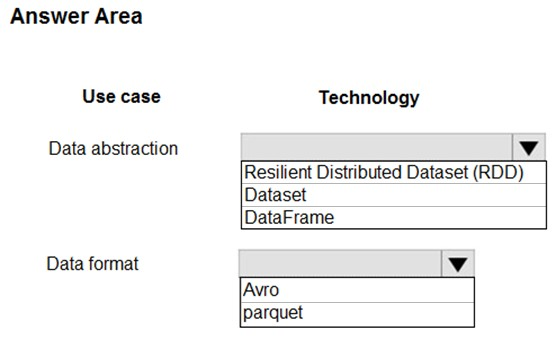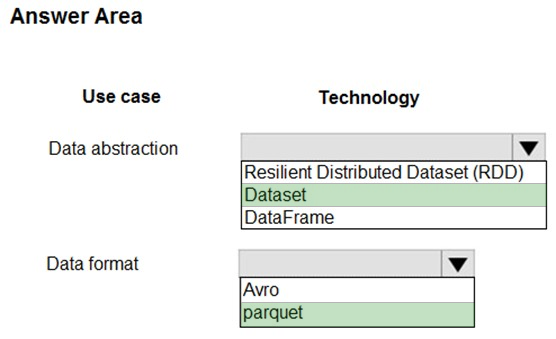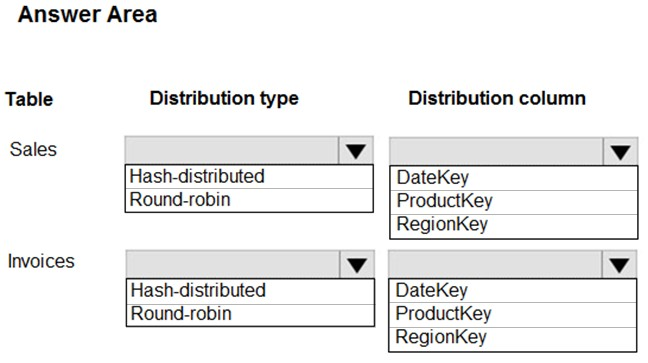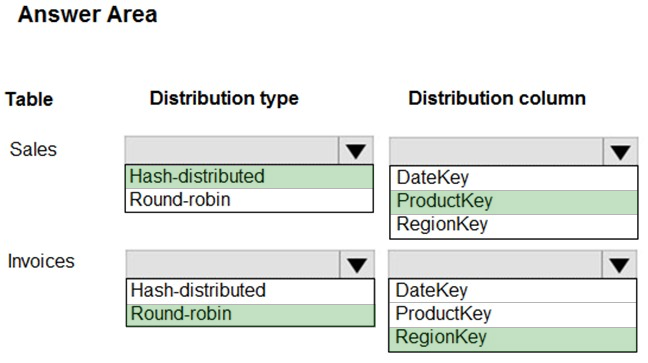Note: This question is part of a series of questions that present the same scenario. Each question in the series contains a unique solution that might meet the stated goals. Some question sets might have more than one correct solution, while others might not have a correct solution.
After you answer a question in this section, you will NOT be able to return to it. As a result, these questions will not appear in the review screen.
You are designing an Azure SQL Database that will use elastic pools. You plan to store data about customers in a table. Each record uses a value for
CustomerID.
You need to recommend a strategy to partition data based on values in CustomerID.
Proposed Solution: Separate data into shards by using horizontal partitioning.
Does the solution meet the goal?





